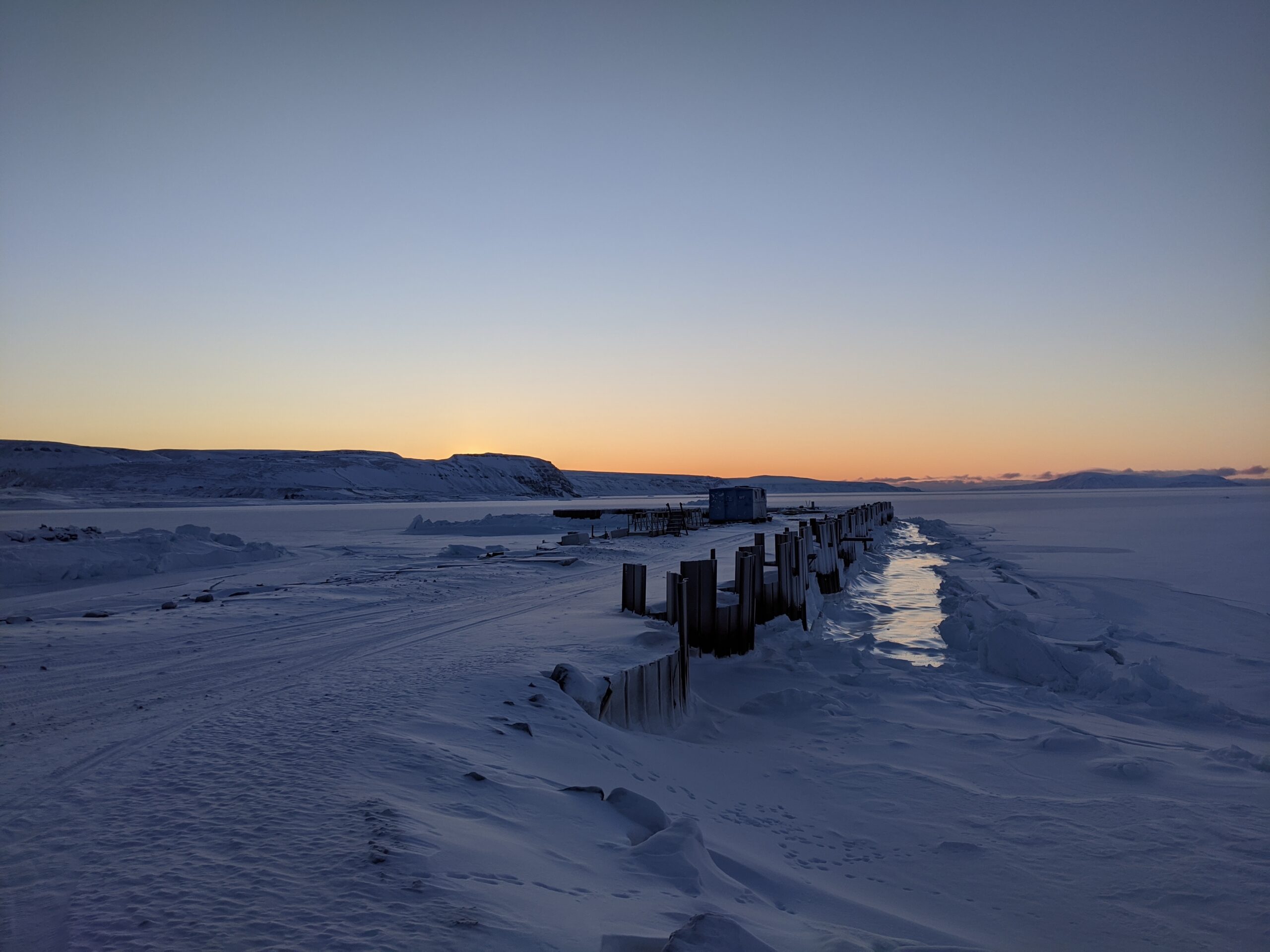WASHINGTON — The Department of Defense released its 2024 Arctic Strategy, addressing the increasing geopolitical and environmental challenges in the Arctic region.
The strategy, which directs the U.S. military to “build readiness for operations at high latitudes,” emphasizes the increasing reliance on satellites for critical activities in the Arctic. As climate change reshapes the region’s landscape and geopolitical dynamics, the Pentagon is calling for investments in space-based capabilities to enhance communications, intelligence gathering and monitoring activities.
Geopolitical concerns
The United States views the Arctic region as one of strategic power competition in light of Russia’s significant presence and efforts by China to expand its influence there.
A key trend highlighted in the document is China’s ambition to expand its footprint in the Arctic through infrastructure investments and an increased military presence. Additionally, Russia’s military capabilities in the Arctic pose potential threats to the U.S. and its allies. The strategy notes that Russia’s collaboration with China in the region is on the rise, further complicating the security landscape.
DoD points out the role of the Arctic in missile warning and defense of the U.S. homeland. While the current network of U.S. and Canadian radars and sensors operated by NORAD and U.S. Northern Command enables the detection and tracking of certain threats, modernization is needed, including space-based missile-warning and observational systems with greater polar coverage,” the strategy says.
Communications in the Arctic have long posed challenges for military operations due to limited satellite coverage. The strategy calls for both military and commercial solutions to improve tactical and strategic communications. It emphasizes the need for agreements with NATO allies and partners to enhance satellite coverage in the region.
DoD also will need space-based technologies to better predict and model the Arctic’s rapidly changing meteorological, atmospheric, and oceanographic conditions, says the document.
Space Force guarding the High North
The U.S. Space Force provides critical support to military operations in the region. It has personnel based at Clear Space Force Station in Central Alaska, home to the advanced Solid State Phased Array Radar System used for missile warning and space surveillance.
Even further north, the Space Force operates Pituffik Space Base, located on the northwestern coast of Greenland. This remote outpost, with its strategic location well above the Arctic Circle, serves as a critical link in space operations and polar communications.
Related
Read the original article here
